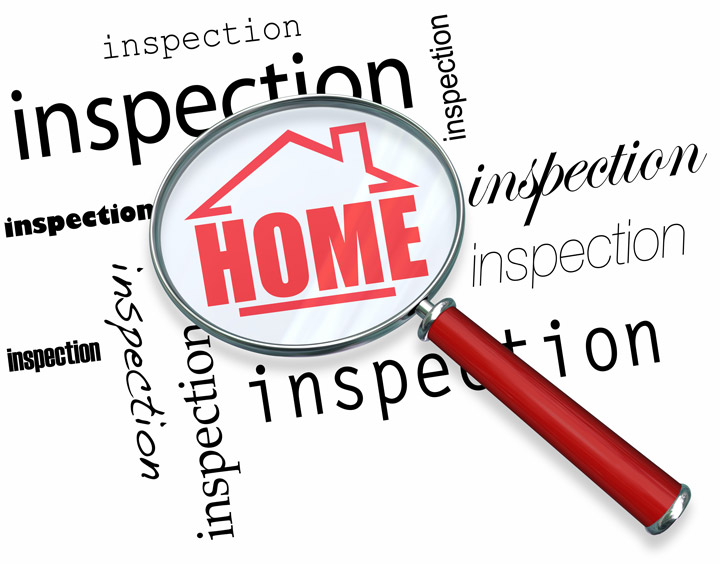
A Description of the Appraisal ProcessA home purchase can be the largest financial decision most of us might ever encounter. Whether it's where you raise your family, a second vacation property or one of many rentals, the purchase of real property is an involved financial transaction that requires multiple parties to make it all happen. Most people are familiar with the parties having a role in the transaction. The real estate agent is the most known face in the transaction. Next, the bank provides the financial capital required to finance the deal. And ensuring all details of the transaction are completed and that a clear title transfers to the buyer from the seller is the title company. So, what party makes sure the property is worth the purchase price? In comes the appraiser. We provide an unbiased estimate of what a buyer might expect to pay — or a seller receive — for a parcel of real estate, where both buyer and seller are informed parties. A licensed, certified, professional appraiser from Cornerstone Appraisal, Inc. will ensure, you as an interested party, are informed. Appraisals begin with the home inspectionTo determine the true status of the property, it's our duty to first complete a thorough inspection. We must actually see aspects of the property, such as the number of bedrooms and bathrooms, the location, and so on, to ensure they truly are there and are in the shape a reasonable person would expect them to be. The inspection often includes a sketch of the property, ensuring the square footage is proper and conveying the layout of the property. Most importantly, the appraiser identifies any obvious amenities - or defects - that would affect the value of the property. Back at the office, an appraiser uses two or three approaches to determining the value of real property: paired sales analysis and, in the case of a rental property, an income approach. 
Replacement CostThis is where the appraiser analyzes information on local building costs, the cost of labor and other factors to ascertain how much it would cost to build a property nearly identical to the one being appraised. This value commonly sets the upper limit on what a property would sell for. It's also the least used method. 
Paired Sales AnalysisAppraisers are intimately familiar with the neighborhoods in which they appraise. They innately understand the value of certain features to the homeowners of that area. Then, the appraiser researches recent transactions in the area and finds properties which are 'comparable' to the property at hand. Using knowledge of the value of certain items such as fireplaces, room layout, appliance upgrades, extra bathrooms or bedrooms, or quality of construction, we add or subtract from each comparable's sales price so that they are more accurately in line with the features of subject.
An opinion of what the subject might sell for can only be determined once all differences between the comps and the subject have been evaluated. At Cornerstone Appraisal, Inc. , we are experts in knowing the worth of particular items in Clinton and Hinds County neighborhoods. The sales comparison approach to value is commonly given the most weight when an appraisal is for a home sale. Valuation Using the Income ApproachIn the case of income producing properties - rental houses for example - we may use a third way of valuing real estate. In this case, the amount of income the real estate yields is taken into consideration along with income produced by nearby properties to derive the current value. Coming Up With The Final ValueAnalyzing the data from all approaches, the appraiser is then ready to document an estimated market value for the property in question. Note: While the appraised value is probably the strongest indication of what a house is worth, it probably will not be the price at which the property closes. Depending on the specific circumstances of the buyer or seller, their level of urgency or a buyer's desire for that exact property, the closing price of a home can always be driven up or down.But the appraised value is typically employed as a guideline for lenders who don't want to loan a buyer more money than they could recover in case they had to put the property on the market again. It all comes down to this, an appraiser from Cornerstone Appraisal, Inc. will guarantee you discover the most accurate property value, so you can make the most informed real estate decisions. |